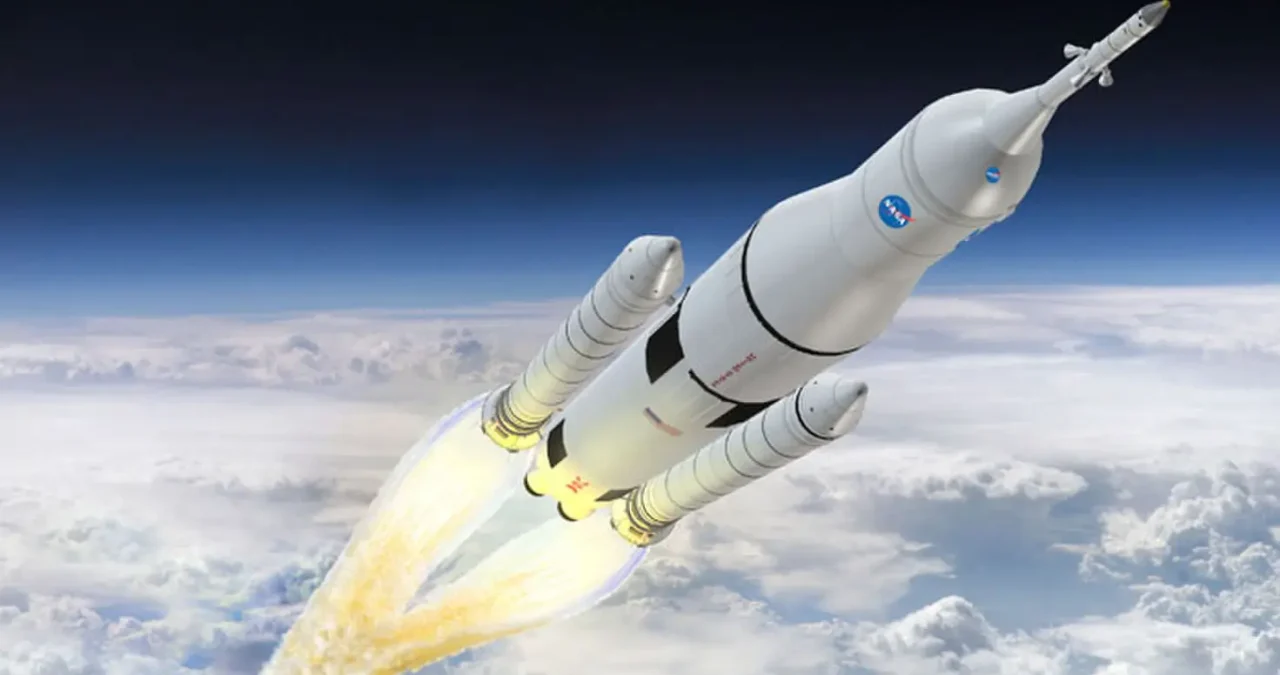China’s Longxing-2 Rocket Test Pushes Reusable Space Tech
Despite the Uncertainty Surrounding the Test’s Outcome, China’s Pursuit of Reusable Rockets Signals a Major Leap in Reducing Space Launch Costs

China’s ambitious strides toward reusable rocket technology have recently encountered both progress and ambiguity. On January 18, 2025, the Shanghai Academy of Spaceflight Technology (SAST), a state-owned entity, conducted a high-altitude test of the Longxing-2 rocket. This test aimed to advance China’s capabilities in reusable launch systems, a critical component for reducing costs and increasing the frequency of space missions.
- The Longxing-2 Test
The Longxing-2 test vehicle lifted off from a provisional launch site near Haiyang in Shandong province at approximately 10:00 p.m. Eastern Time. Designed to simulate the first stage of a reusable flight, the rocket ascended to an altitude of around 75 kilometers. Following this, it was programmed to execute a reentry burn and perform a controlled descent, culminating in a splashdown in the Yellow Sea. This mission built upon a prior 12-kilometer vertical takeoff and vertical landing (VTVL) test conducted successfully in June 2024.
Amateur footage from the vicinity of the launch site depicted the rocket’s slow and steady ascent, with no immediate signs of malfunction. However, more than 24 hours post-launch, SAST has yet to release any official statements regarding the outcome of the test. This silence has led to speculation about potential issues during the reentry or landing phases, leaving the mission’s success in question.
China’s Pursuit of Reusable Launch Technology
The development of reusable rocket technology is a strategic priority for China, aiming to emulate and eventually rival capabilities demonstrated by companies like SpaceX. By adopting reusability, China seeks to lower the costs associated with space launches and enhance its launch frequency. These advancements are essential for ambitious projects, including the construction of megaconstellations such as Guowang and Thousand Sails, as well as future crewed lunar missions and space-based solar power initiatives.
In 2024, China conducted 68 launch attempts, all utilizing expendable rockets. A significant number of these employed older, hypergolic propellant-based Long March series rockets, known for their toxicity. The nation’s goal to achieve approximately 100 launches underscores the pressing need for more efficient and environmentally friendly launch systems.
Collaborations and Technological Developments
The Longxing-2 is reportedly powered by methane-liquid oxygen (methalox) engines developed by the commercial firm Jiuzhou Yunjian (JZYJ). This collaboration between SAST and JZYJ highlights a growing trend of partnerships aimed at accelerating the development of reusable launch vehicles. Notably, SAST is a subsidiary of the China Aerospace Science and Technology Corporation (CASC), the nation’s primary space contractor. CASC has been instrumental in making methalox engine technology accessible to commercial entities, fostering innovation within the industry.
Concurrently, CASC is advancing the development of more powerful full-flow staged combustion methalox engines for its Long March 9 super heavy-lift rocket. These engines are expected to play a pivotal role in China’s future deep-space exploration endeavors.
- Expanding China’s Reusable Rocket Fleet
The Long March 12A, an evolution of the expendable kerosene-liquid oxygen Long March 12, is being adapted for reusability. This 3.8-meter-diameter launch vehicle represents just one facet of China’s broader strategy to develop a fleet of reusable rockets. Other notable projects include:
Long March 10 Series: Developed by CASC for human spaceflight missions, emphasizing safety and reliability.
Commercial Ventures: Private companies are making significant strides, with several rockets slated for their inaugural flights in 2025. These include:
Zhuque-3 by Landspace
Tianlong-3 by Space Pioneer
Pallas-1 by Galactic Energy
Kinetica-2 by CAS Space
Each of these vehicles is designed with reusability in mind, marking a transformative period in China’s aerospace sector.
Infrastructure Developments
To support the anticipated increase in launch activities, China is expanding its spaceport infrastructure. Key developments include:
Dongfeng Commercial Space Innovation Test Area: Located at the Jiuquan Satellite Launch Center in northwest China, this facility aims to alleviate bottlenecks in launch infrastructure.
Wenchang Commercial Space Launch Site: Situated on Hainan Island in southern China, this spaceport currently boasts two operational launch pads. Plans are underway to expedite the construction of additional pads, with the potential to accommodate up to ten in the future. This expansion underscores China’s commitment to becoming a global leader in space exploration and technology.
China conducted a high-altitude test of the Longxing-2 rocket, aiming to advance reusable launch technology. The rocket, developed by the Shanghai Academy of Spaceflight Technology (SAST), reached 75 kilometers before attempting reentry and landing. While initial reports show a smooth ascent, the absence of official updates raises questions about the mission’s success. This test is part of China’s broader efforts to reduce launch costs and enhance its space exploration capabilities, crucial for projects like megaconstellations and lunar missions.



